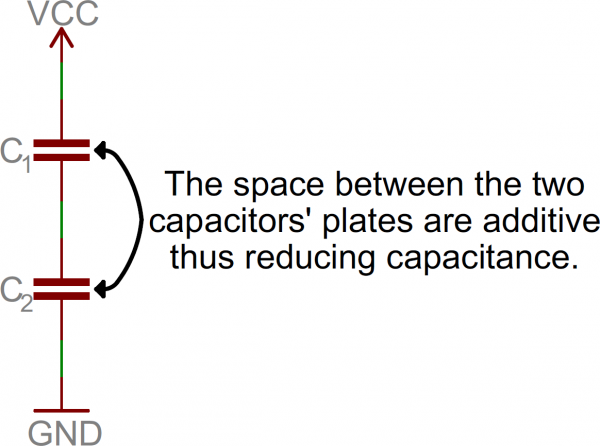@ AetherScientist
just a quick reply to your previous asked question about the power in one second, the problem is my understanding was totally wrong, yes i need to do some calculation to know the better value about voltage and capacitance, as you said it have to be a step up transformer, more voltage will produce more power but some skill will be needed.
by the way i wasn't able to light the bulb using no politicized capacitor! i have no idea why this happen, a small neon light bulb work nice in the output, i have to think about the wires from the L2 into the capacitor, maybe there's something there!
maybe ant man will help us !

just a quick reply to your previous asked question about the power in one second, the problem is my understanding was totally wrong, yes i need to do some calculation to know the better value about voltage and capacitance, as you said it have to be a step up transformer, more voltage will produce more power but some skill will be needed.
by the way i wasn't able to light the bulb using no politicized capacitor! i have no idea why this happen, a small neon light bulb work nice in the output, i have to think about the wires from the L2 into the capacitor, maybe there's something there!
maybe ant man will help us !








 we need both direction to have the water ! very simple but in electricity it can't be seen, adding more diode seem to make the water go to another direction but not in the capacitor, the next step is to measure the wire length in both side and make them equal the best possible, the length of diode connection is important too, sliding L1 coil inside L2 will help also in tuning process, it seem everything is very important !!
we need both direction to have the water ! very simple but in electricity it can't be seen, adding more diode seem to make the water go to another direction but not in the capacitor, the next step is to measure the wire length in both side and make them equal the best possible, the length of diode connection is important too, sliding L1 coil inside L2 will help also in tuning process, it seem everything is very important !!


Comment